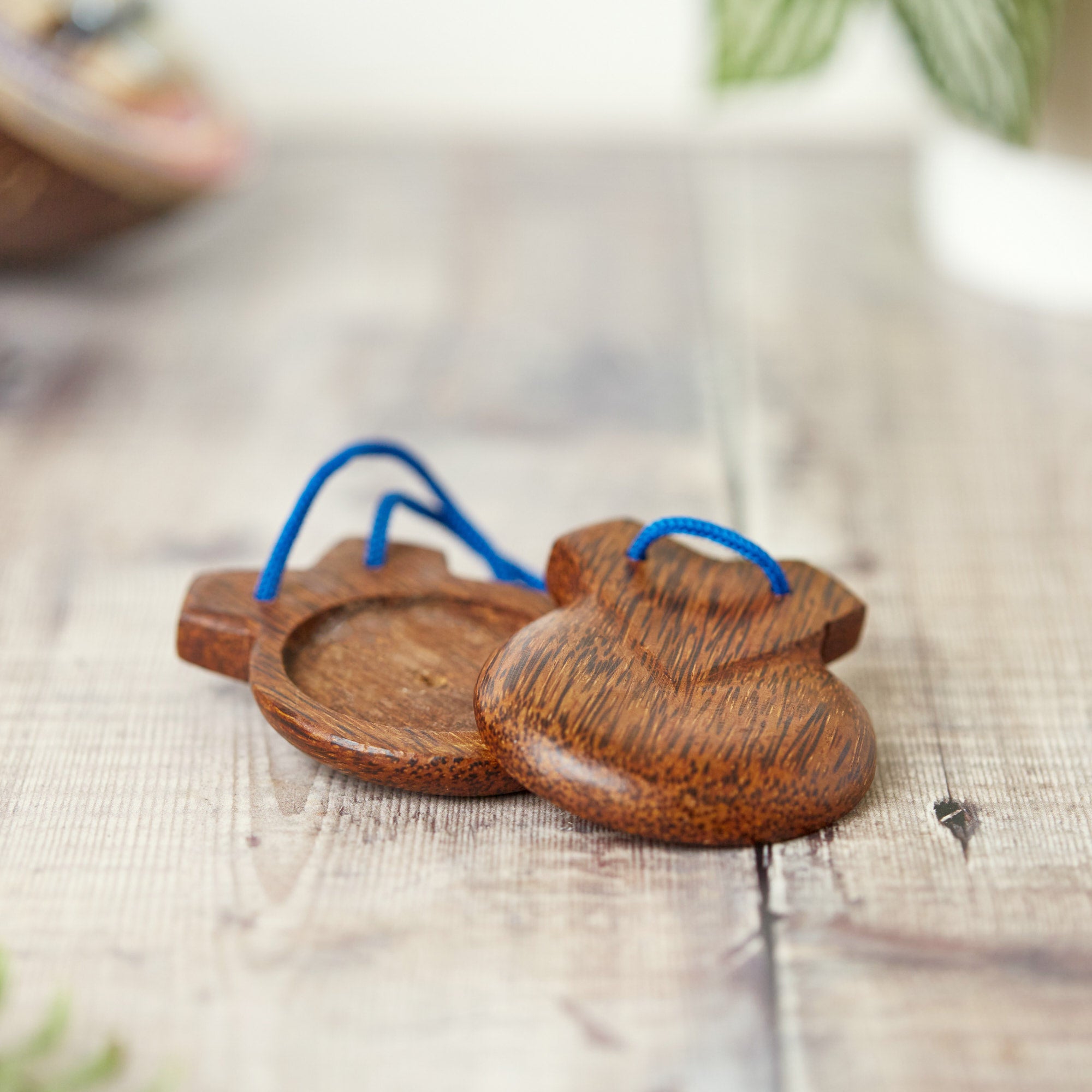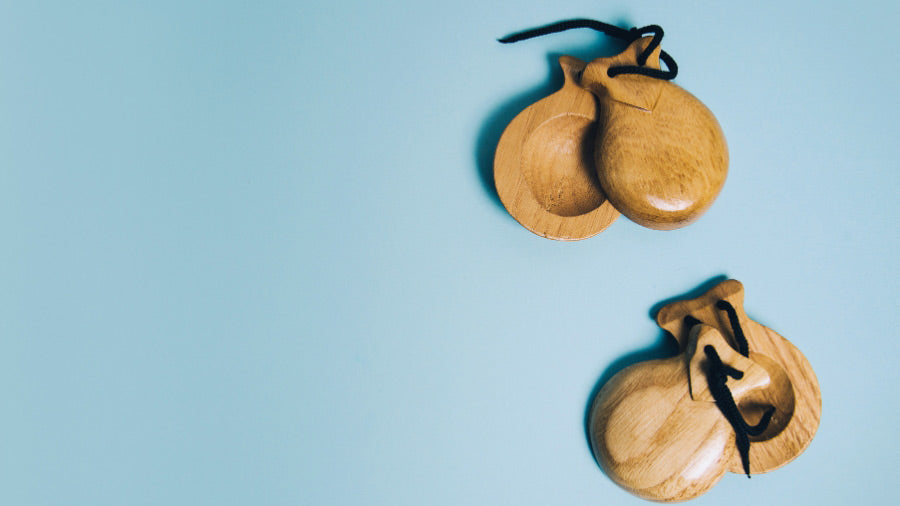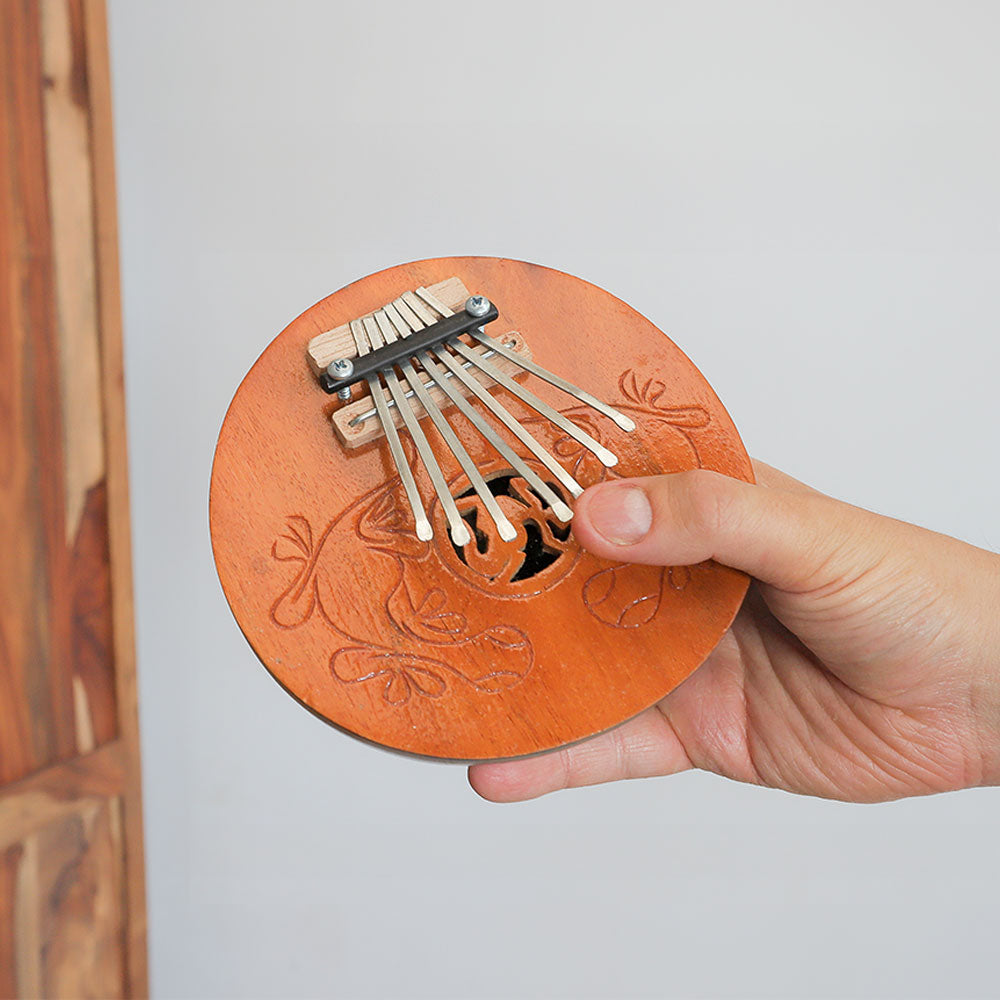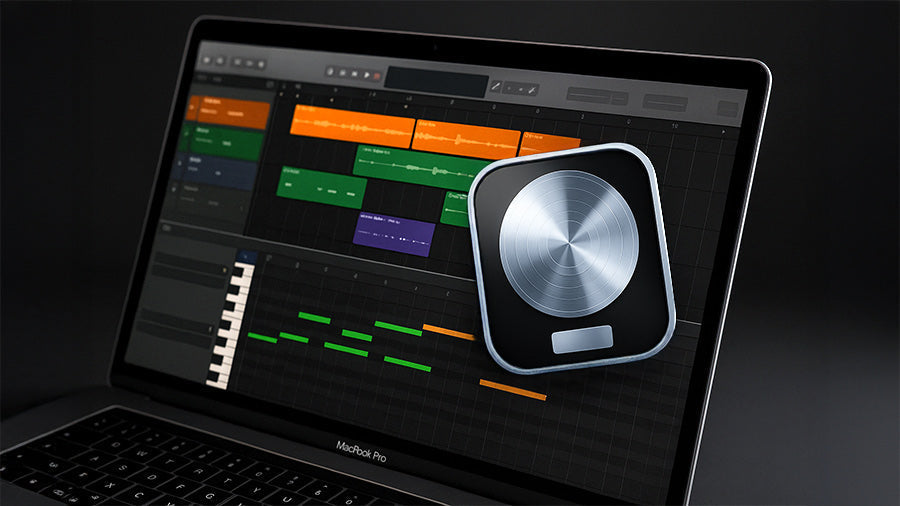Learning a musical instrument can be a thrilling and rewarding adventure. It allows you to discover new skills, enhance creativity, and boost confidence. Whether you're a beginner or a seasoned musician, the journey to mastering an instrument is worth taking. Musical instruments connect you with rich cultural traditions and help foster musicality. Castanets, associated with flamenco music and have a unique sound, contribute to music and dance rhythmically, making them an engaging instrument to learn. Castanets could be the perfect instrument for you if you are passionate about rhythm and intrigued by the sound they make.
The history of the castanets
Castanets have a storied history, with their usage dating back to ancient times. These percussive instruments have been found in many cultures across the globe, from Asia to the indigenous peoples of the Americas. However, your understanding of castanets will only be complete when you explore their deep association with Spain. In this country, they are not just an instrument but a part of the national identity.
Various historical accounts and artworks depict castanets used in religious ceremonies and royal courts. Over time, their use expanded into folk music and, most notably, flamenco. These instruments have been clapped to the rhythm of countless songs, echoing the emotions of generations of dancers and musicians. Today, castanets are considered a symbol of Spanish music and culture, particularly flamenco dance. As you learn to play castanets, you are stepping into a role carrying this vibrant history's torch.
The origin of castanets
Your exploration of castanets begins with their origin. Picture the Mediterranean shores of ancient Iberia, where the earliest versions of castanets were likely crafted. Made from hardwoods or ivory, these instruments were used by various cultures, such as the Phoenicians and the Greeks, long before they became a staple in Spanish music.
As trade and conquest spread cultural artifacts across continents, the castanets evolved. The Moors brought their version during their occupation of Spain, which further influenced the design and use of the instrument. The exact origin of the modern castanet form we are familiar with today is unknown.
The word 'castanet' comes from the Spanish word' castaña,' meaning chestnut, which the early version of the instrument resembled. The word's pronunciation has varied slightly over time and across different languages, but the meaning remains tied to its shape and the sound it produces.
How to Play for Beginners
Before making music with castanets, you must become familiar with the instrument. Castanets are part of the percussion instrument family and come in pairs. Each castanet is made to fit either the left or the right hand, with one typically playing a slightly lower pitch than the other. Hold them correctly and practice the basic "click" to start feeling the rhythm.
To begin your tutorial earnestly, you must learn the fundamental techniques. Playing castanets involves precise movements of your fingers, mainly your thumb, which does most of the work. Start with simple rhythms, and challenge yourself with more complex patterns as you develop your talent. Remember, each click aims to create a clear, resonant sound.
Once you've got the basics, it's time to expand your repertoire. Start with simple rhythms that you can clap to flamenco music or other rhythmical songs. Listen to sample music featuring castanets to understand how they complement other instruments and the dancers' movements. As you practice, you'll find that the sound of your castanets adds a unique texture to the music, as rich as its history.
Buying Guide for Beginners
Purchasing your first pair of castanets is a critical step in your musical journey. You'll encounter various materials, from traditional hardwoods to modern synthetics, each affecting the instrument's sound and feel. Consider the size and weight that feel comfortable in your hands, and look for a reputable brand known for quality craftsmanship.
When purchasing castanets, consider their durability and sound quality. High-quality materials produce better sound and last longer. Listen to sound samples before making your choice. Investing in a good pair of castanets will make learning more enjoyable and rewarding.
Where to buy castanets?

Castanets offer a unique percussive sound that adds rhythm to music, making them popular for Spanish and flamenco genres. They are relatively inexpensive, portable, and easy to learn, making them suitable for beginners and experienced musicians alike. Additionally, playing castanets can improve coordination, dexterity, and timing, providing both musical and physical benefits. Check out large collection of Castanets here.
Castanets (Frequently Asked Questions)
What is a castanet used for?
A castanet is a percussion instrument that produces sharp, clicking sounds, commonly used in Spanish, Latin, and flamenco music. It is typically played by shaking or striking two handheld pieces of wood or shell together.
Who traditionally plays the castanets?
Castanets are traditionally used by singers and dancers, particularly in Spanish folk dancing such as flamenco. In orchestras, they are typically attached to a stand for ease of playing.
What are castanets called in Spanish?
The Spanish term for castanet is "castanuelas," derived from "castana," meaning "chestnut" or "hazel," the traditional woods used for carving castanets.
What type of instrument is castanets?
Castanets are percussion instruments, specifically idiophones, utilized in Moorish, Ottoman, ancient Roman, Italian, Spanish, Portuguese, and Latin American music. They consist of a pair of concave shells connected on one edge by string.
What type of dance uses castanets?
Castanets were frequently employed in 18th-century classical court dancing, particularly in the escuela bolero, as well as in regional folkloric dances.







